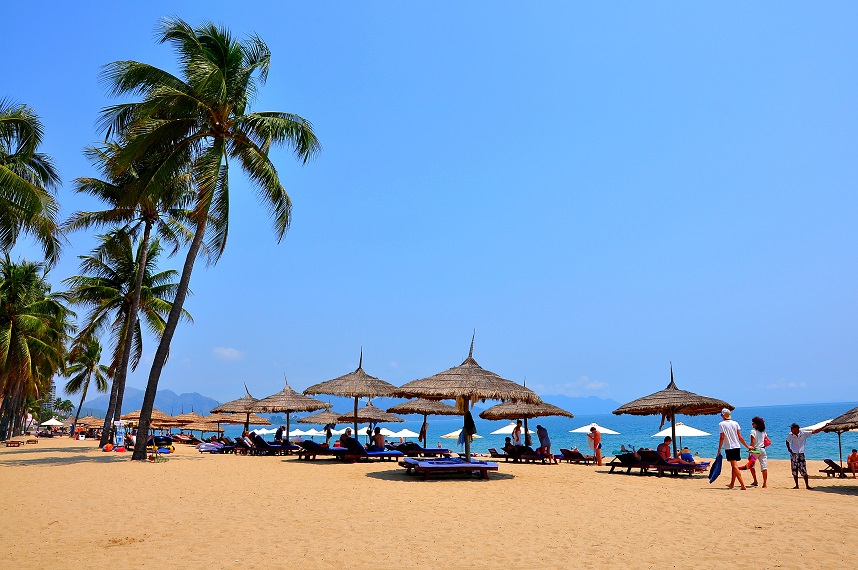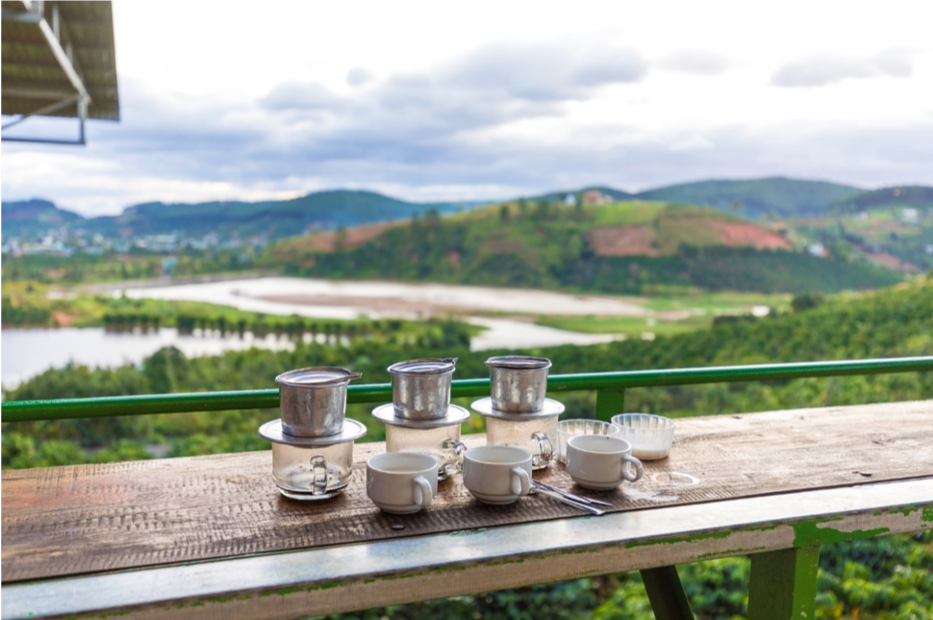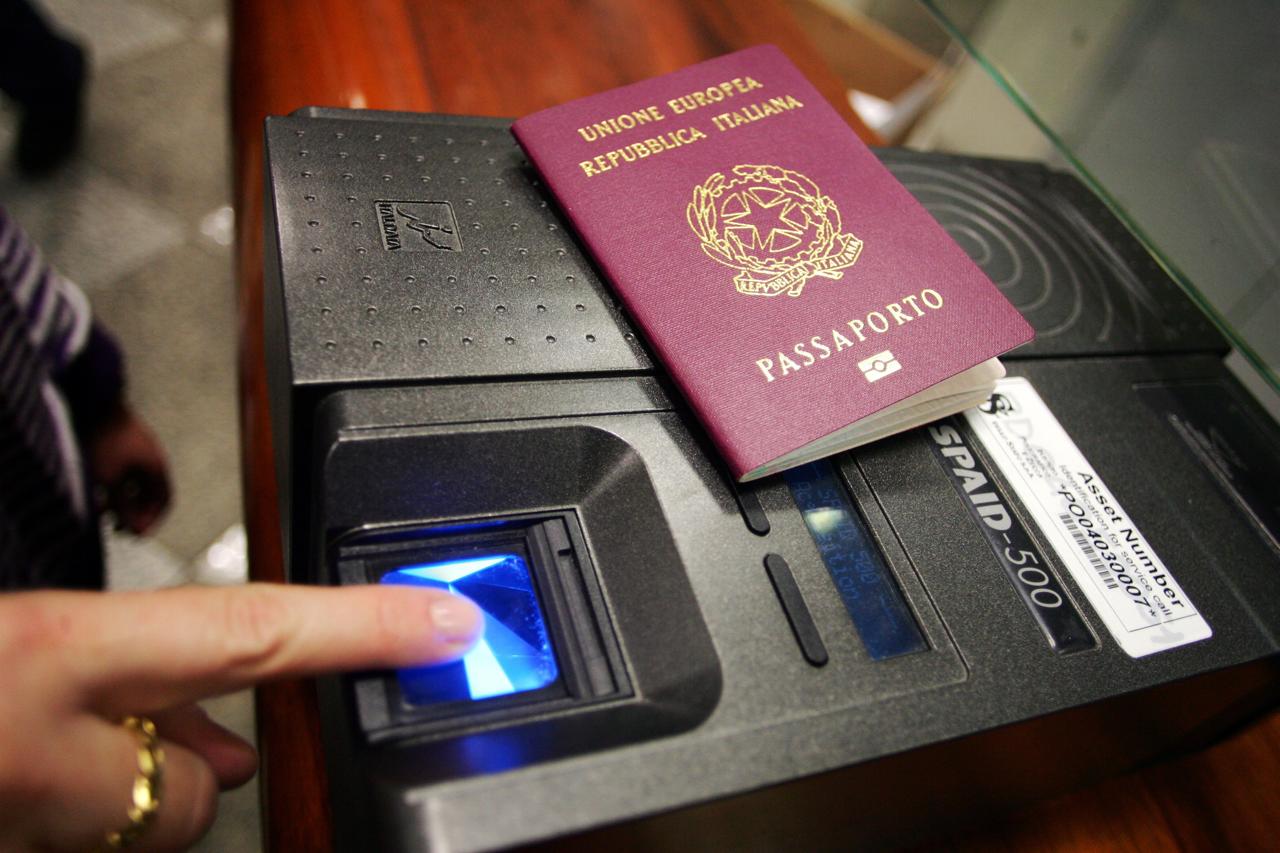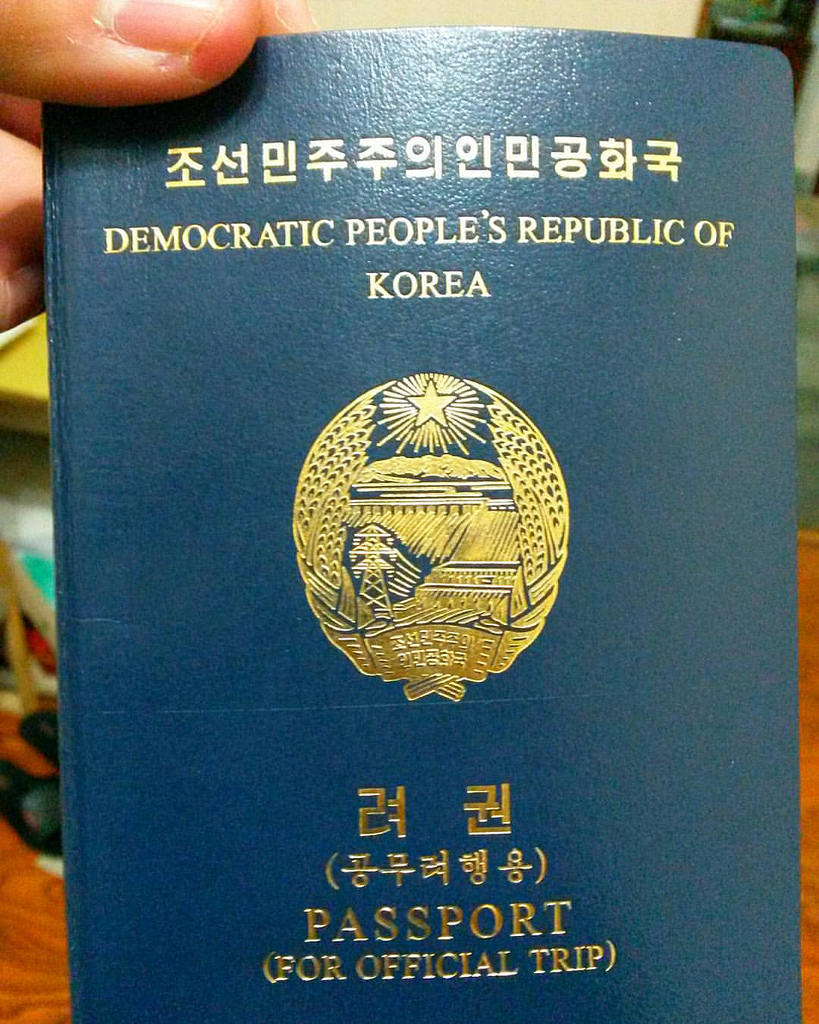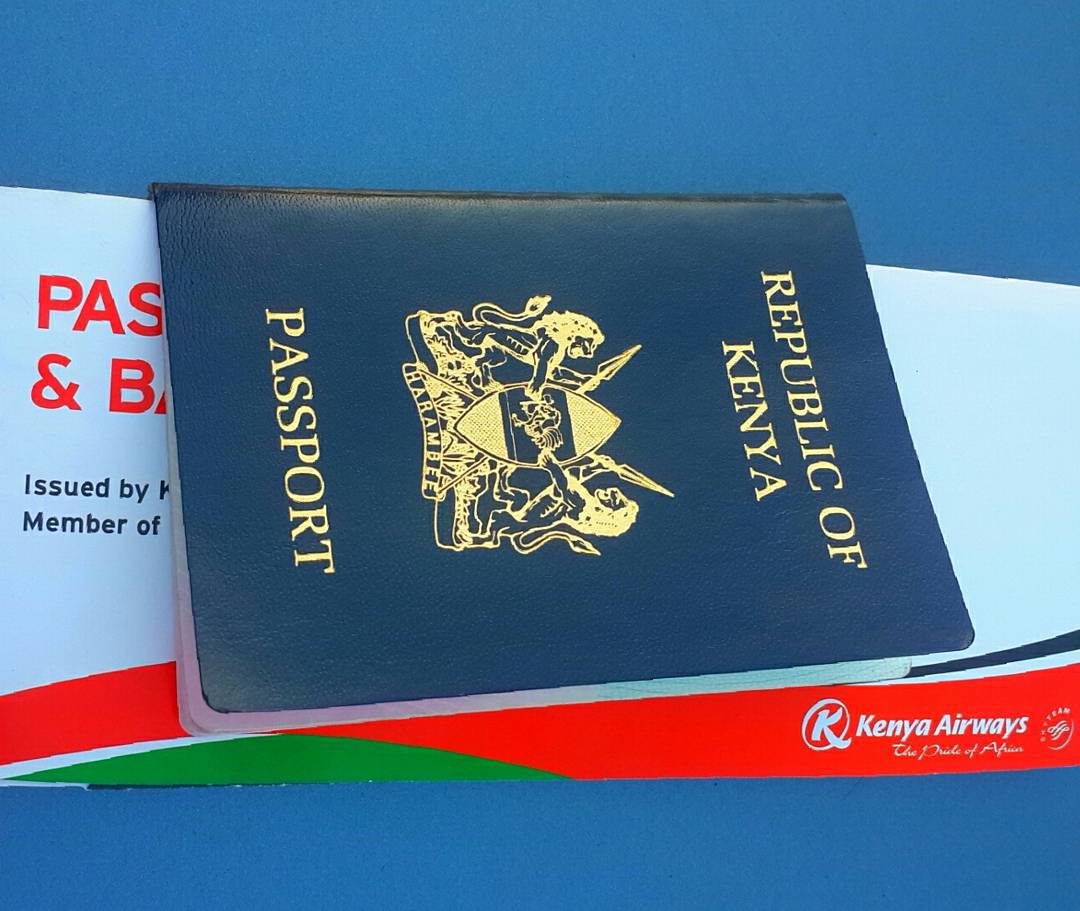Vietnam’s tragic history is much more recent than most countries but that doesn’t stop its people charming you. Learning about Vietnam’s both recent and more ancient history is so important in seeing how the country has been affected by war. The Vietnam War was a global tragedy in the 20th century and 40 years or so later, many people are still affected.
Despite the acts that have taken place, Vietnam is a beautiful and welcoming country that should be on everyone’s bucket list. To help learn about Vietnam’s history and understand its culture further, here are the best seven places to visit.
Getting to Vietnam
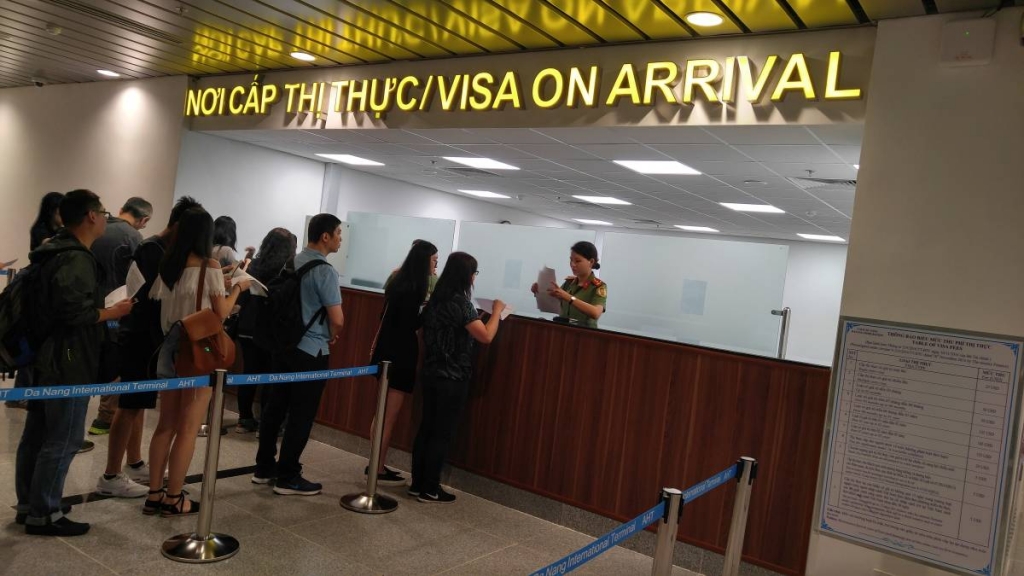
Vietnam visa on arrival office in Da Nang Airport
Vietnam can be easily reached by plane or by land from one of its neighbouring countries. The easiest and most efficient way to travel is by plane, landing in one of Vietnam’s three major international hubs; Ho Chi Minh City, Hanoi or Da Nang. Before finalising your travel plans, make sure to check your visa requirements as most visitors will need to have one in place prior to travelling. For a hassle-free and simple experience, visit Evisa-Vietnam.com, they can help arrange your Vietnam travel visa for you. With clear instructions and fees, your travel visa will be one less thing for you to worry about.
1. Museum of Vietnamese History, Ho Chi Minh City
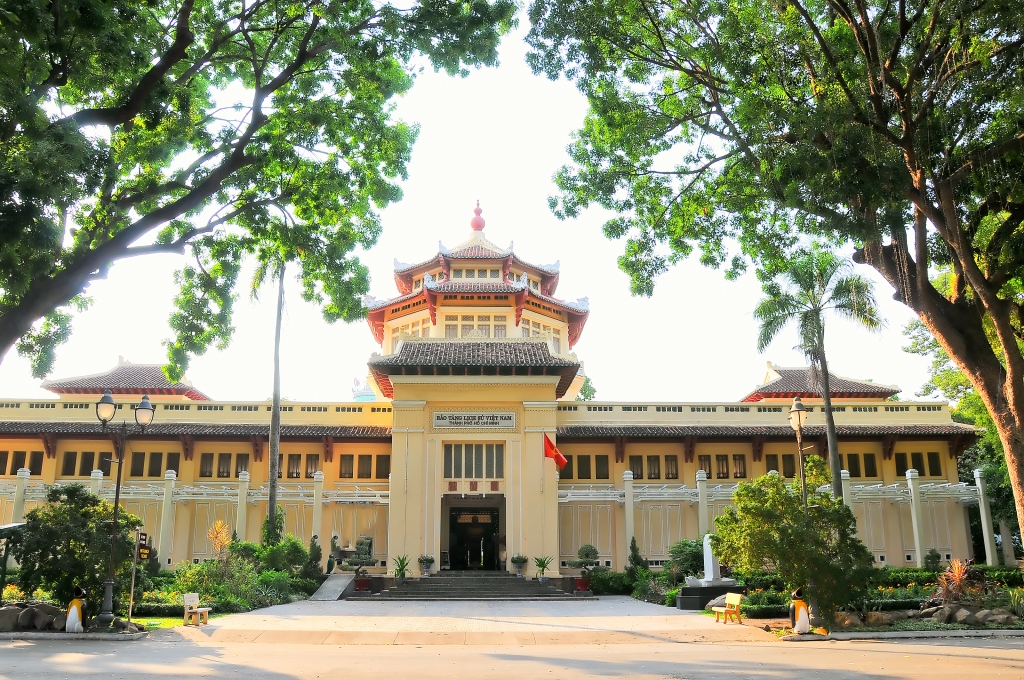
Museum of Vietnamese History, Ho Chi Minh City
Founded in the early 20th century, the Museum of Vietnamese History is the first and largest museum in Ho Chi Minh City. Designed by a French architect, the museum possesses a number of valuable collections. The entire collection is made up of around 32,000 artefacts from Vietnam as well as other Asian countries.
2. Con Dao Prison Complex, Con Dao
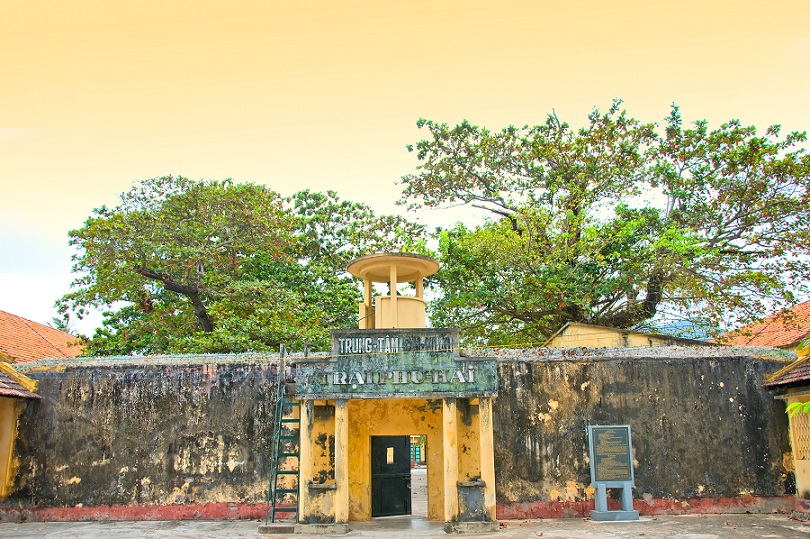
Phu Hai prison’s entrance in Con Dao island, aka Poulo Condore
The prisons of Con Dao have been closed for several years but the horrendous actions that took place there still linger to this day. The prison used to be home to thousands of Vietnamese prisoners during French colonial time. Later between 1863 and 1975, the South Vietnamese government used the prison for their own captives. Today, you’ll find contorted mannequins and a chilling atmosphere.
3. Cu Chi Tunnels, Cu Chi
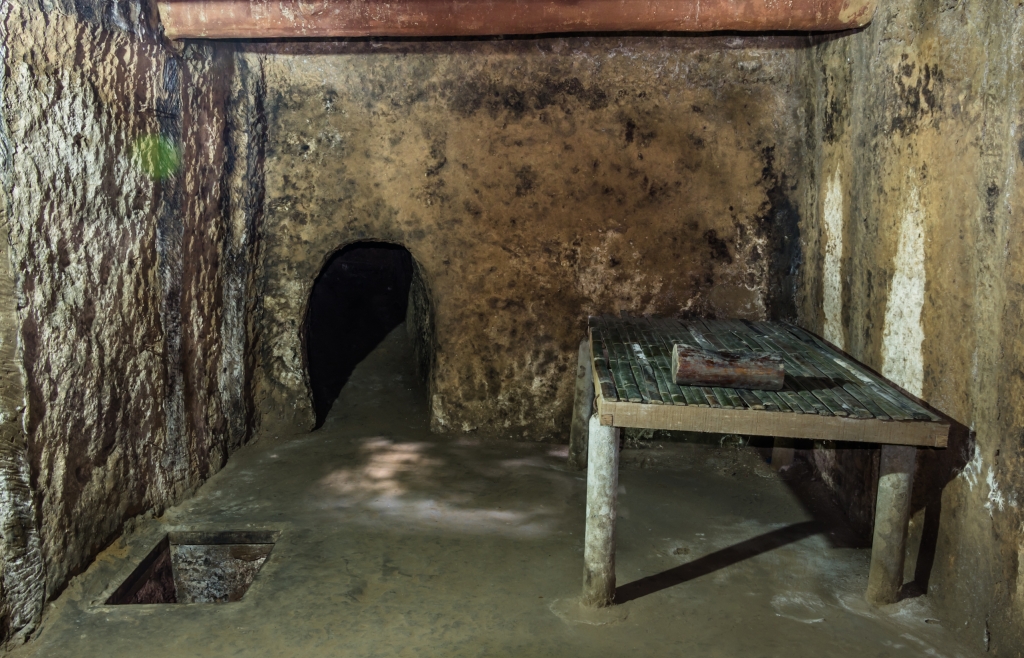 The complex network of tunnels was used during the war in the 1960s. They were originally built in the late 1940s during French colonial period. You can visit the tunnels and experience the tiny crawling space that the Vietnamese people would have used. The tunnels were significant in the country’s war history and regularly visited by tourists.
The complex network of tunnels was used during the war in the 1960s. They were originally built in the late 1940s during French colonial period. You can visit the tunnels and experience the tiny crawling space that the Vietnamese people would have used. The tunnels were significant in the country’s war history and regularly visited by tourists.
4. My Son Cham Ruins, Quang Nam Province
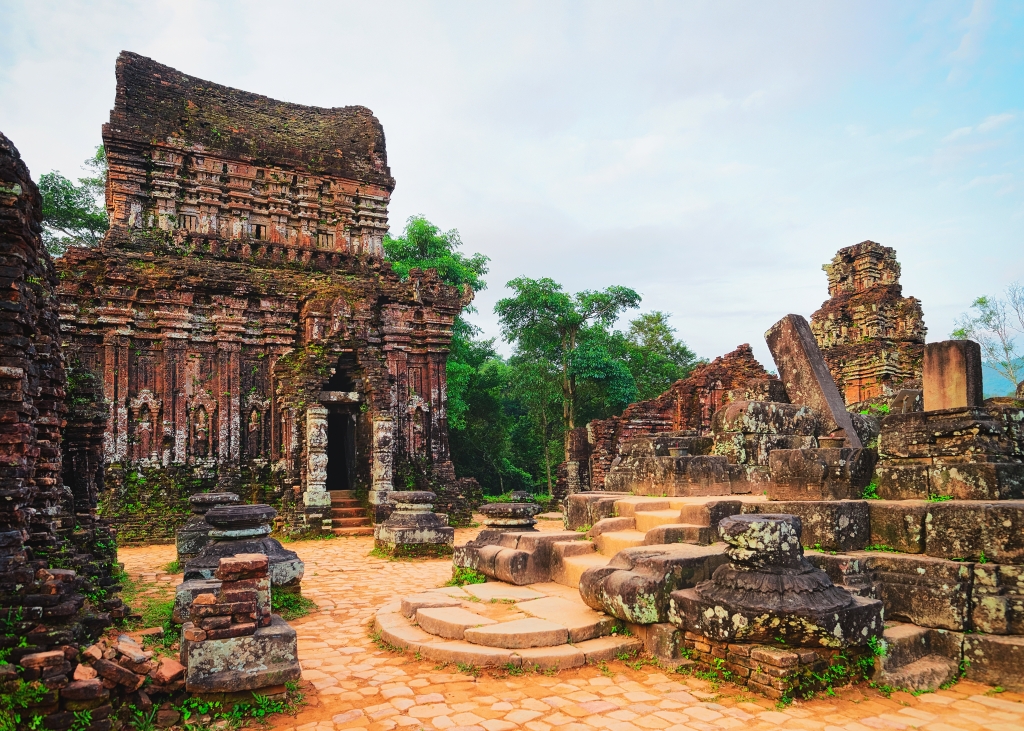
Ruins of Old Cham Temple in My Son Sanctuary
For centuries My Son sanctuary served as the political and religious epicentre of the kingdom of Champa. However, the site was struck by heaving bombing in the late 19th century from the US and suffered severe damage. You can still see the beautiful remains of the architecture and the ruins have regularly been compared to Angkor Wat in Cambodia.
5. War Remnants Museum, Ho Chi Minh City
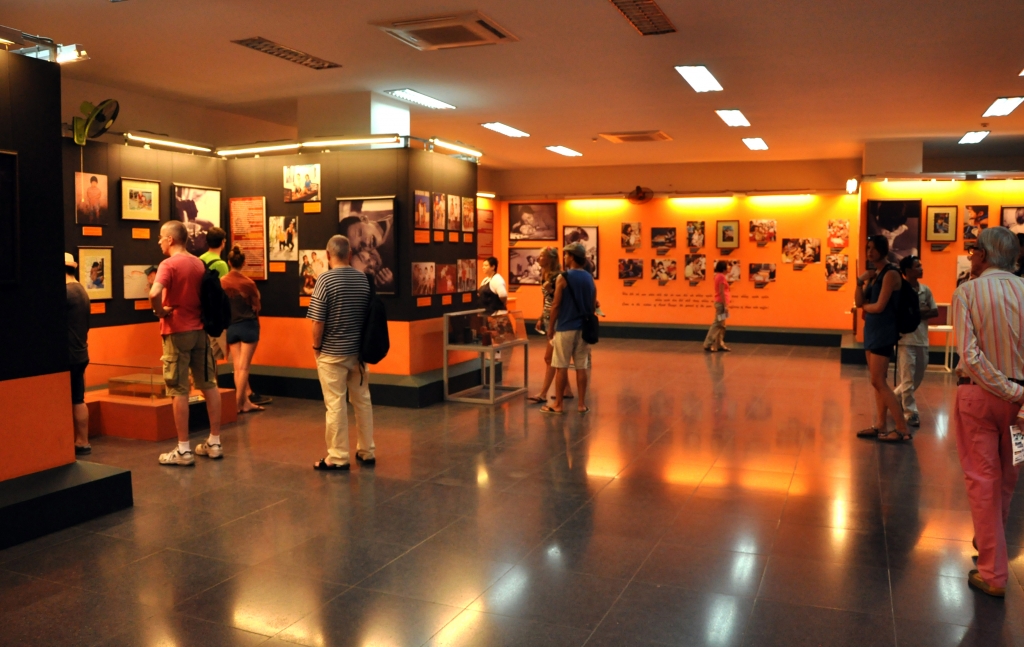
A view of the War Remnants Museum in Ho Chi Minh city, Vietnam
Another one of Ho Chi Minh City’s popular tourist destinations, the War Remnants Museum offers visitors the opportunity to learn about the wars in Vietnam. For both domestic and foreign visitors, you’ll learn about one of the harshest and bloodiest times in Vietnam and the atrocities that took place during the war.
6. Ho Chi Minh Museum, Hanoi
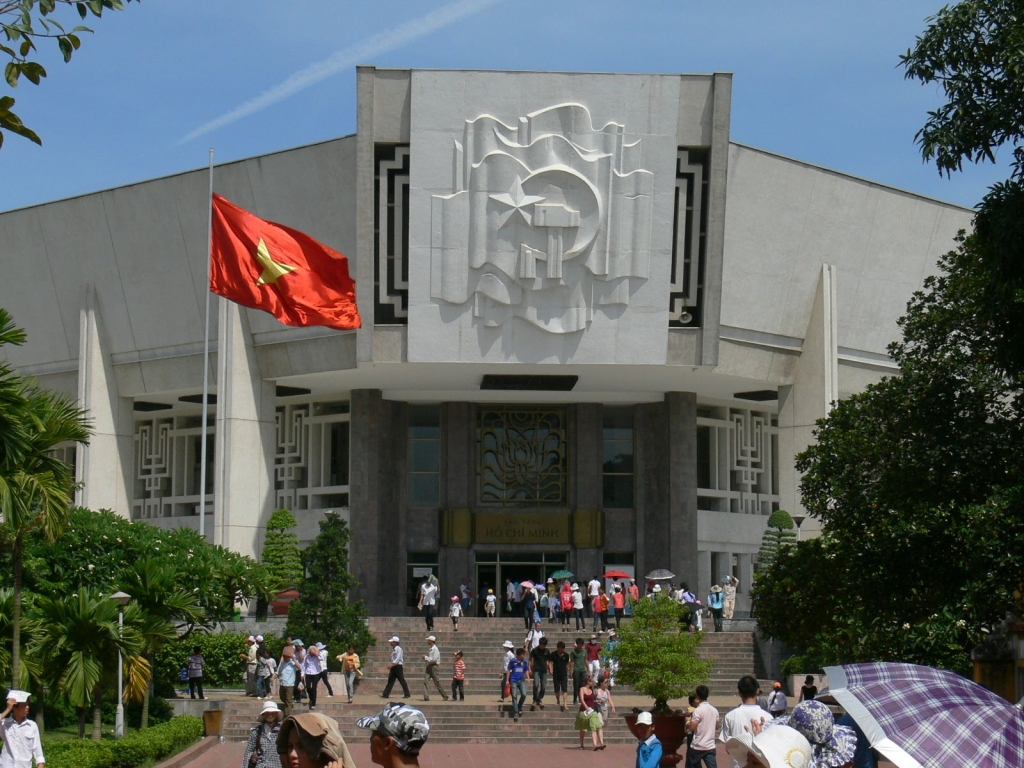
Ho Chi Minh Museum, Hanoi
Found in northern Vietnam in Hanoi, the Ho Chi Minh museum is one of the largest museums in all of Vietnam. Spread over four floors, the museum has been designed in the shape of a blossoming lotus. This represents the virtue of President Ho Chi Minh.
7. Hue Imperial Citadel, Hue
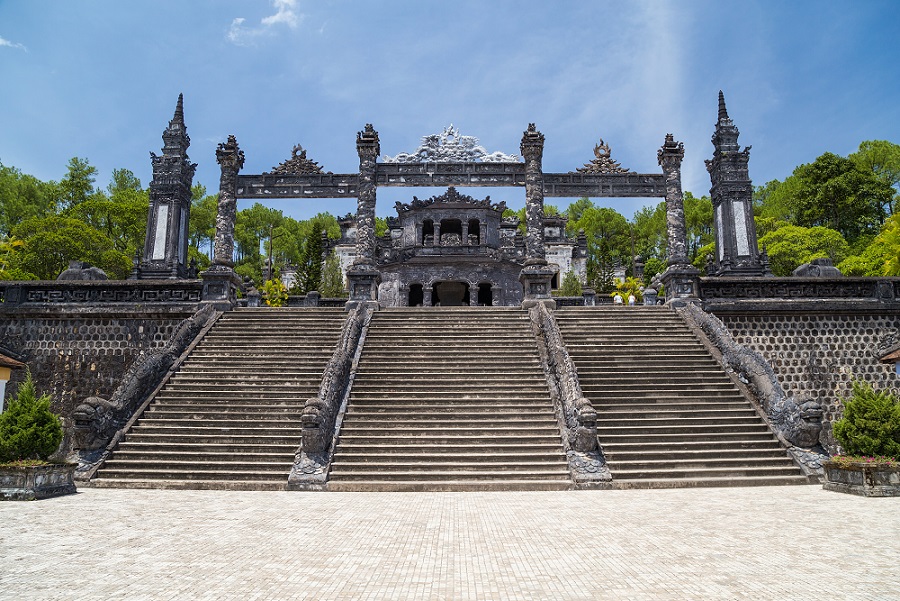
Grand stairs in Imperial Khai Dinh Tomb in Hue
Originally constructed in 1804 and home to the Nguyen dynasty, the complex consists of the Emperor’s residence, temples, gates and pagodas. All, however, were heavily damaged under the French and during the Vietnam War. Out of more than 100 buildings, only 20 have survived to this day. Eerily, you can still see gun holes in some of the walls around the citadel.





